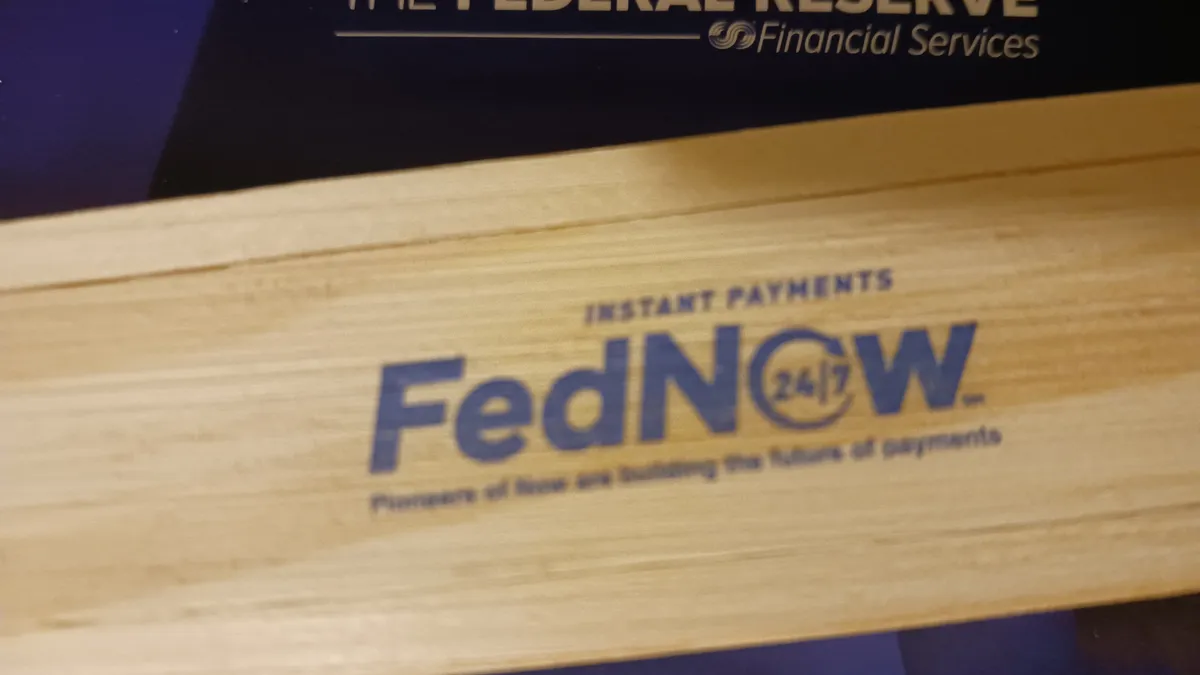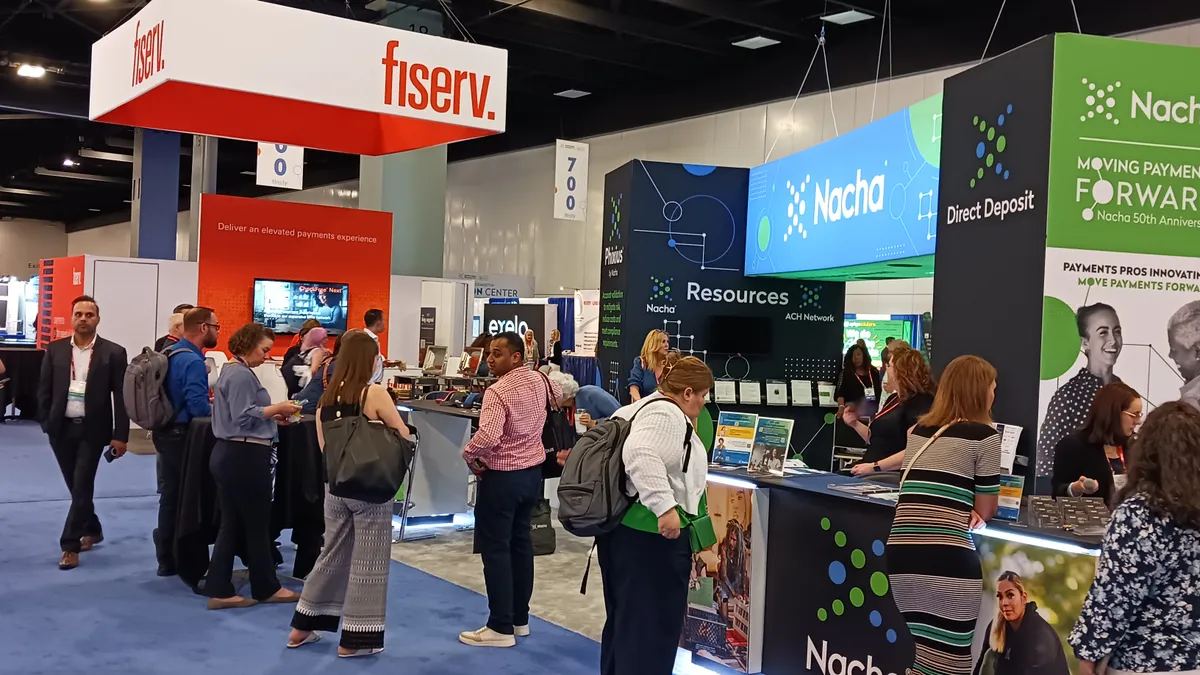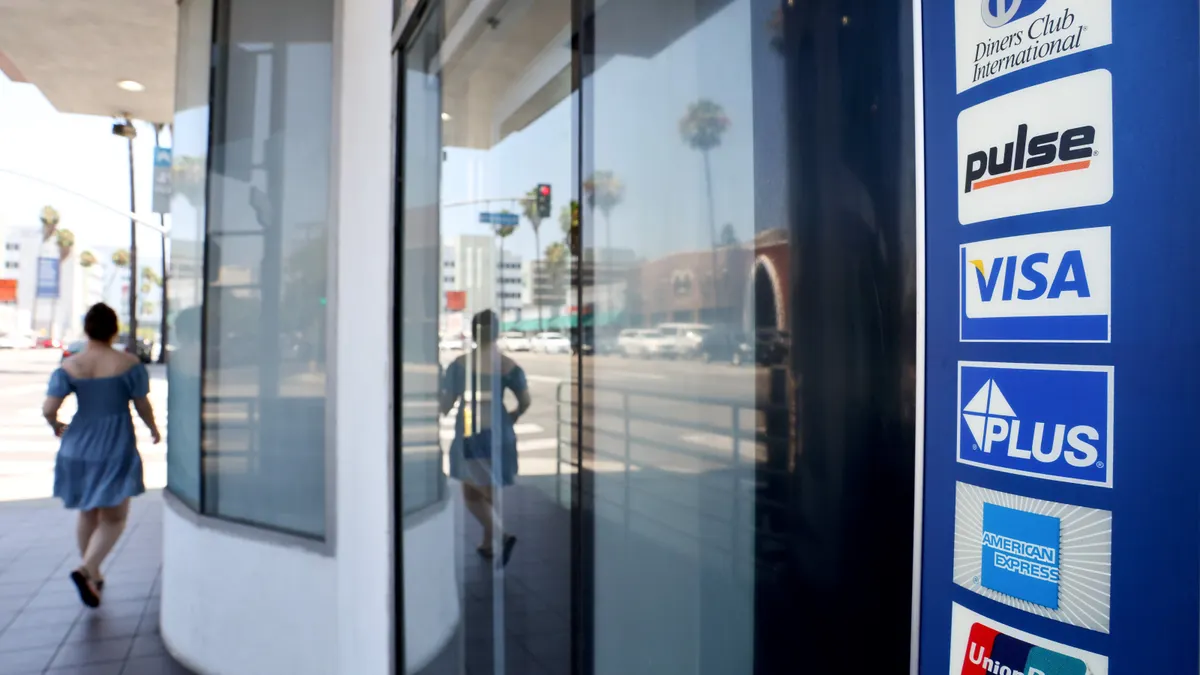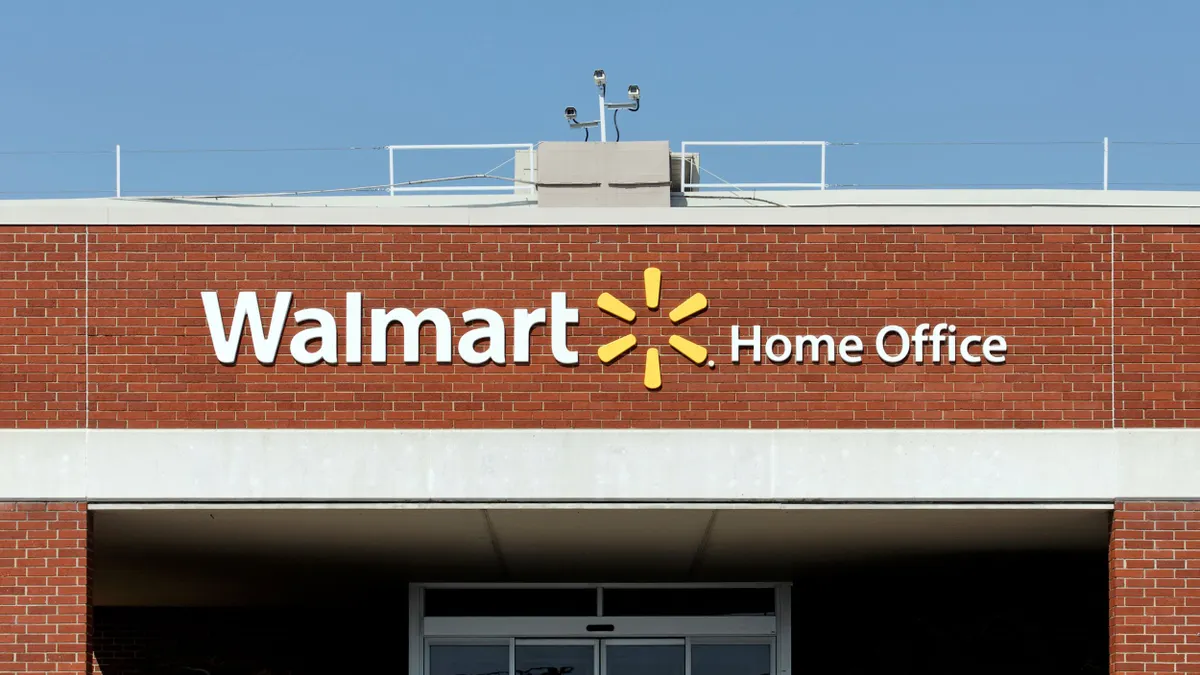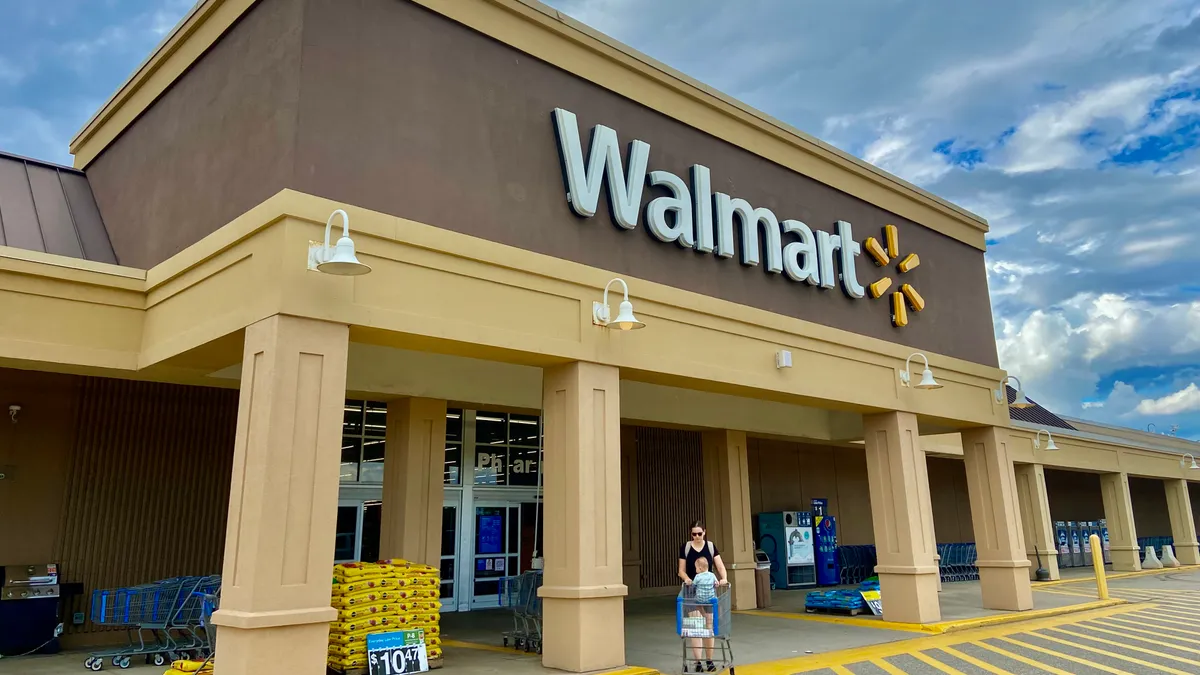For many merchants, a lower-cost payment alternative to credit and debit cards has been their chief goal for years.
Players across the payments industry are pushing to bring the bank account to the point of sale to give merchants an even less-expensive option.
Spire announced a new “Pay with Spire” merchant-branded offering earlier this month with Discover Financial Services to bring pay-by-bank into the realm of routine daily spending, such as coffee, gasoline and rideshares.
Spire contends its solution will save merchants 50% to 90% on processing fees compared to the 2.5% fee on credit card and 1.7% fee on regulated debit card transactions that many merchants pay.
“Pay-by-bank has not been able to interact with a point of sale,” Spire CEO Matt Brennan said in an April 9 interview. “It never was able to do it. It really has been something that everybody’s been striving to solve for.”
Brennan, a former Apple executive, joined the Dallas-based company in September. Fintechs such as Plaid have worked to bring pay-by-bank into areas such as monthly bills, and Visa has discussed bringing pay-by-bank services to the U.S. In September, Walmart said it would work with Fiserv to expand its pay-by-bank offerings to help reduce credit card costs.
Unlike a debit-card transaction, pay-by-bank requires a user to link their bank account for direct payments. At Spire, about 750,000 people have linked their accounts — a number Brennan said has doubled in four months. The company expects to end the year with 1.3 million to 1.5 million users.
The consumer’s incentive to sign up with Spire for a branded merchant card is typically a reward in the form of discounts, points or some other loyalty recognition, while the merchant gains a less-costly payment model. Discover charges Spire a fee per transaction but not traditional interchange.
Spire arose from the remains of Merchant Customer Exchange, a company Walmart, Best Buy and other large merchants formed in 2012 to develop a mobile payment system. JP Morgan Chase acquired MCX’s technology in 2017 after retailers began choosing to adopt Apple Pay and other mobile payment schemes in lieu of MCX’s CurrentC payment app.
Editor’s note: This interview has been edited for clarity and brevity
PAYMENTS DIVE: How has Spire evolved in the years since MCX ended?
MATT BRENNAN: A number of the merchants continued to work with us to complete our platform. Through that journey, we started to gain some traction with some of the largest branded fuel merchants in the U.S. and into some grocery and convenience stores, for everyday spend kind of categories. So, we got to 2023, and what we had realized is that because we were providing the consumer with a payment method that was not really what they were used to, we were starting to see that we weren’t getting the adoption that we had anticipated. One of the things that we try to do with our merchants is to get them to convert as many high-cost transactions, your debit and credit, to our lower-cost ACH payment. But we were starting to see that consumers really were wanting to use more familiar methods. We started to think through how could we come to market with a pay-by-bank solution that worked at the point of sale?
What was the friction, and was that from the consumer or the merchant?
At the consumer level, there wasn’t really a significant increase in uptake of people wanting to use an app to actually transact at a point of sale...People still use traditional methods, and that's because they’re familiar with it and because they’re already convenient.
There were not really any other factors besides just this lack of familiarity and the lack of pure, frictionless convenience. We started to think about ways in which we could kind of ride on what people are already familiar with. And so that's where we developed some technology to be able to translate an ACH transaction to credit card payment network providers in all the card-present technology and communication methods to be able to make the transaction on those rails.
And as we shopped it, what we were realizing was that it was going to be the same cost to use other network providers. But we came across Discover, and Discover had a very different point of view. They were very creative, innovative...They did something that has provided us with a unique offering. One, they provided a zero interchange product. Secondly, which probably is the most significant, they provided us with a non-financial institution issuing capability, which allows us to actually create a 16-digit Discover PIN when we enroll a consumer. And the third thing they did was they provided us with the capability to settle the transaction down the Discover rails directly with the merchants’ acquirer.
What are the economic incentives for Discover in your deal, beyond more volume on their network?
We pay them for the utilization of their network. We just don’t pay it in the form of interchange. Because we are a full-service card issuing platform, including processing, they don't have to go and distribute a lot of the interchange to the different constituents. They only have to charge us and bill us for the usage of the network on a transaction basis.
What might happen for your business under Discover’s new ownership, if regulators allow their sale to Capital One to close?
We are part of what (Discover) sees as being a portfolio of card-based payment methods to offer to merchants. And so even though we’re an alternate (payment), I think potentially it will become far more mainstream. They have credit, they have debit and they have pay-by-bank. In fact, I would argue that they now are probably the most versatile offering as a merchant service provider. We don’t really see any change, because Capital One is going to continue to provide either branded or non-branded services, just like Discover does, in order to grow volume on the network.
What are the actual purchase mechanics like? This sounds like a debit card transaction.
It really does resemble, for the consumer, a debit and PIN transaction. It’s very familiar: Card-based, tokenized wallet app, all of those capabilities. On the merchant side, that’s the same. It's a debit-PIN experience. However, we are able to take away the regulated and unregulated interchange fees, both with debit and with credit, and so we come in at a significantly lower per transaction cost. In an everyday spend environment, which is where we're laser focused, we offer the merchant a big savings on fees. What are they doing with those fees? We help them reinvest those fees to incentivize the consumer to continue to convert high-cost transactions to low-cost transactions. And the result of that is that we’re seeing greater loyalty. We see increased basket size, we see increased repeat visits, all funded by the fees that they were paying for these high-cost credit and debit card transactions.





